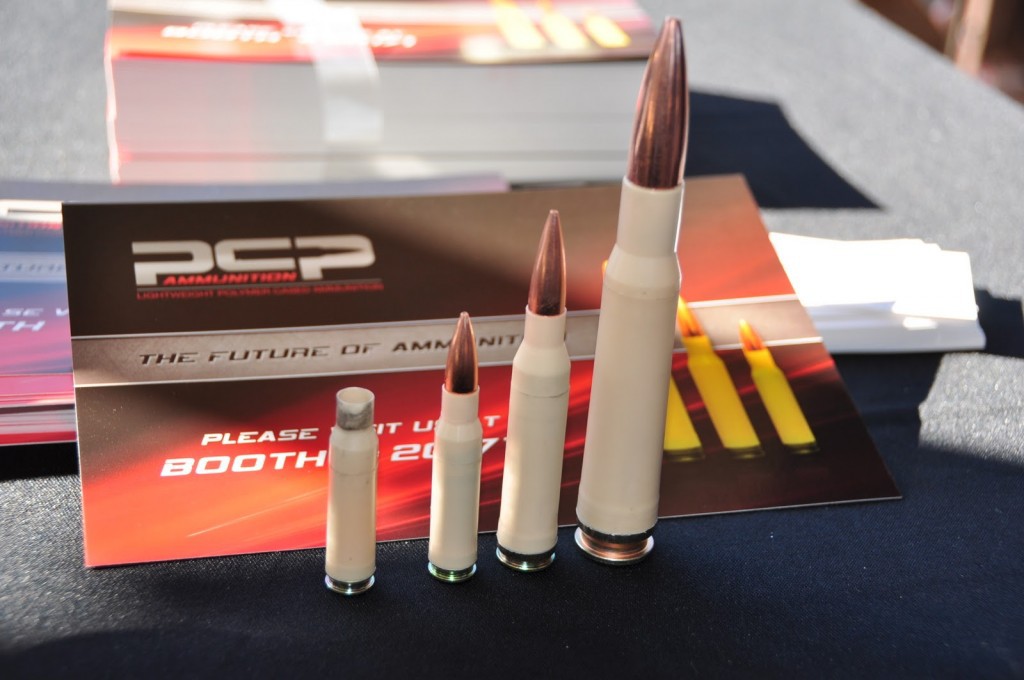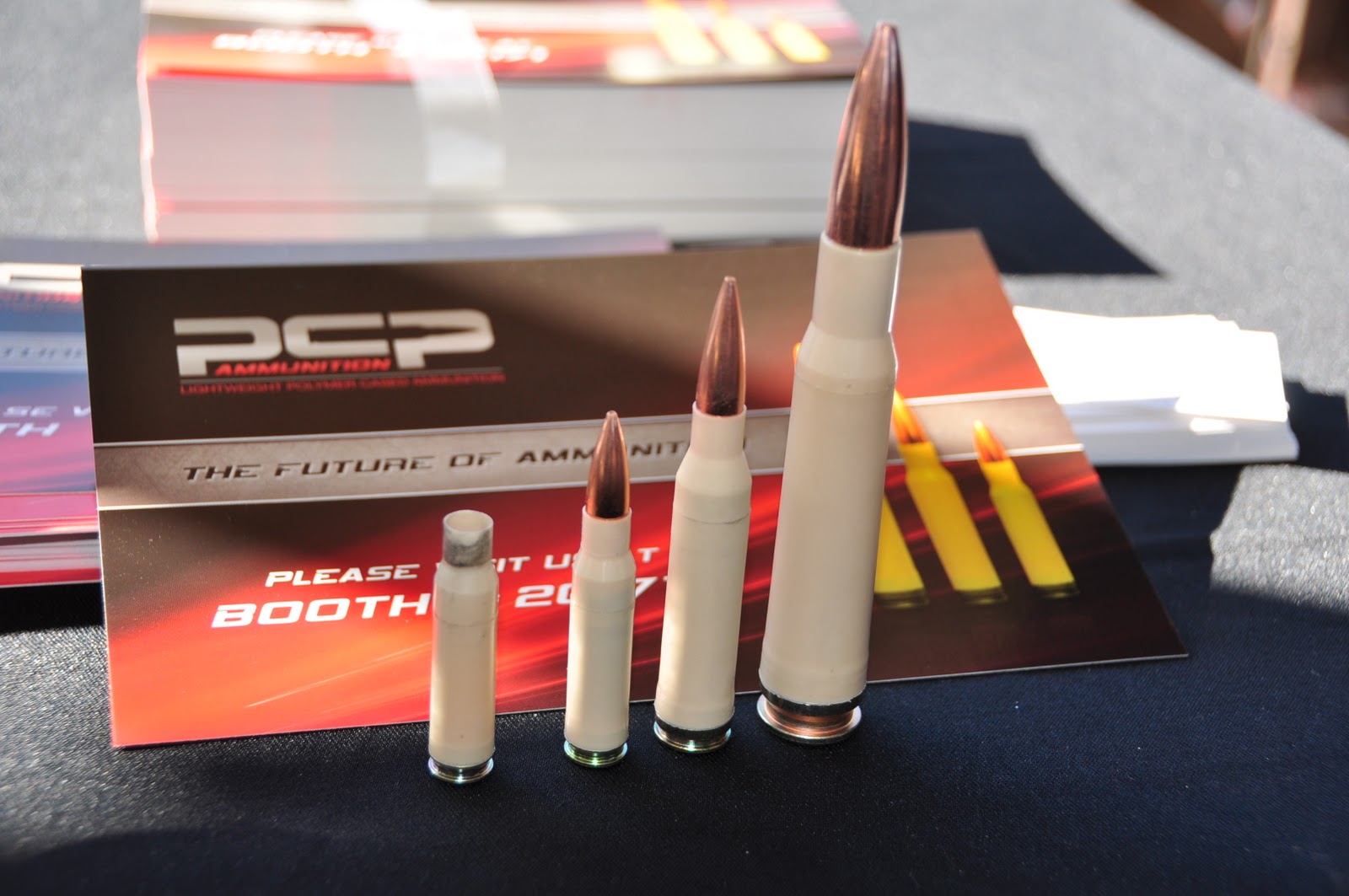See: lucky gunner tests, etc. Also did my own testing back in the day, using wet pack, mostly.
Premium JHP’s reliably expand, even through light barriers (eg, heavy clothing).
I doubt that the screwdriver bullets do anything better than ball.
I looked up some LG tests. It certainly does look like modern HP rounds perform more reliably in ballistic gel than what the FBI stats say about how they perform in a human target from 30+ years ago.
I wonder how a test through "heavy clothing" and ballistic gel compares to real world conditions and human targets?
Got any data on HP performance in human targets?
The FBI says this: "Damage to the hollow point by hitting bone, glass, or other intervening obstacles can prevent expansion." A ballistic gel test through heavy clothing doesn't really address a lot of that.
The FBI says this: "Insufficient impact velocity caused by short barrels and/or longer range will prevent expansion." The LG tests are all shot at 10 feet. What will those premium, modern JHPs do when the distance goes up and velocity drops?
The FBI says this: "It is essential to bear in mind that the single most critical factor remains penetration. While penetration up to 18 inches is preferable, a handgun bullet MUST reliably penetrate 12 inches of soft body tissue at a minimum." In the LG data I'm looking at, all the top-performing 9mm rounds had average penetration around 13.5 - 14".
In 45ACP, there were 2 rounds that I see (both from Hornady) that had consistent expansion and averaged around 18 inches penetration. Everything else was either unreliable, under-penetrated, or over-penetrated.
So, if you are forced to shoot someone, and they happen to be a giant blob of a man, that you shoot from the side, do you really feel good carrying ammo that only reliably penetrates ballistic gel (not even any bone involved) to 12"? Or even only to 18"?
Don't get me wrong. I'm not saying any of those rounds are bad. The chance that any of us (non-LE/non-Military) are ever going to live or die based on the difference between using a Hornady 230 gr XTP +P versus generic 115gr 9mm versus Lehigh XD bullets is EXTREMELY slim.
I'm just saying that on the evidence (anecdotal as some of it is), I am convinced for myself that higher velocity and more penetration will serve me better than less reliable, slower, hollow points.
As for your doubts about screwdriver bullets, do you have any data to base that on? Or just your gut?
I found the guy that has actually shot hogs with both and compared the wound channels of both (HP and screwdriver bullets) to be pretty credible. Do you have ANY knowledge yourself of wound channel comparison in live targets between HP bullets and screwdriver bullets?


